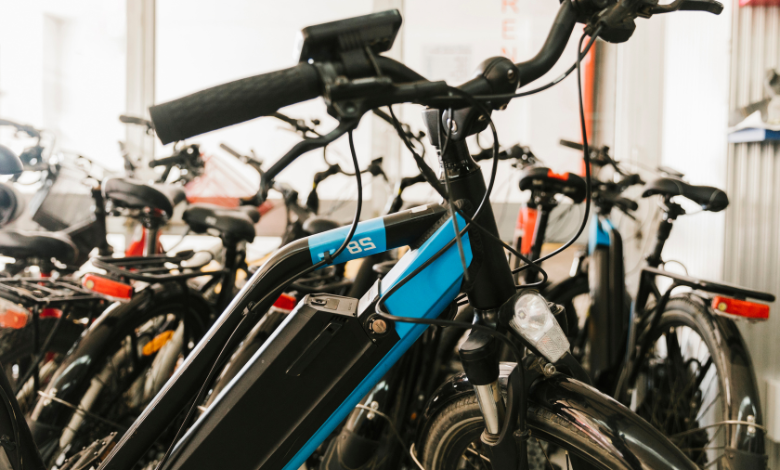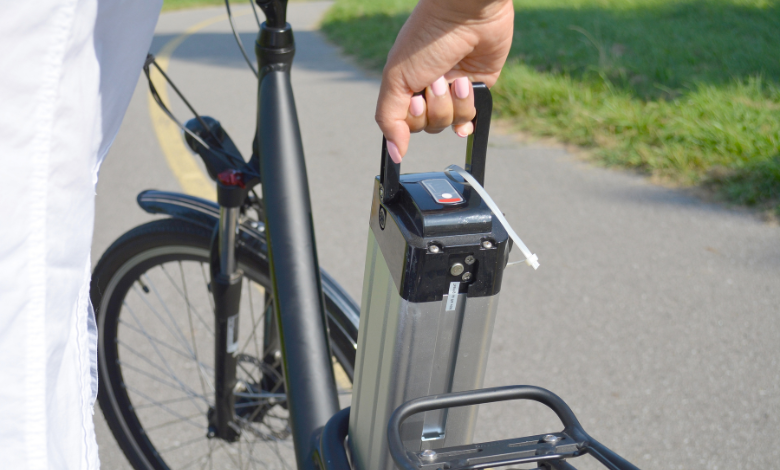How to Choose an Affordable and Reliable E-Bike for Daily Rides
Electric bikes (e-bikes) have become an excellent choice for daily commuters who want to save money, avoid traffic congestion, and embrace eco-friendly transportation. With various models available in the market, selecting the right e-bike that balances affordability and reliability requires careful consideration. This guide covers everything you need to know to make an informed decision, ensuring you get the best value for your money.
Why Choose an E-Bike for Daily Rides?
An e-bike offers a convenient and cost-effective mode of transport, making it an ideal choice for urban commuters, students, and professionals. Here’s why they are growing in popularity:
- Lower commuting costs – No fuel expenses, minimal maintenance costs, and no parking fees.
- Time efficiency – Avoid traffic jams and shorten your travel time.
- Eco-friendly transportation – Reduce your carbon footprint with zero emissions.
- Health benefits – Pedal-assist mode allows for exercise while reducing strain.
- Flexible and versatile – Ride on bike lanes, sidewalks, and roads with ease.
Now, let’s break down how to find the perfect affordable and reliable e-bike for your daily rides.
👉 Check out affordable e-bike options here.
What Makes an E-Bike Affordable and Reliable?

A good e-bike balances cost, performance, and durability. Affordability doesn’t mean sacrificing reliability, so it’s crucial to understand the features that contribute to a long-lasting and efficient e-bike.
Factors Affecting Affordability
- Initial Purchase Price – Entry-level e-bikes start at around $600, while mid-range options range between $800-$1,500.
- Battery and Motor Costs – A higher battery capacity increases the price but extends the range.
- Maintenance Expenses – Choose models with durable components to minimize repair costs.
- Warranty and After-Sales Support – Brands offering warranties ensure reliability and cost-effectiveness in the long run.
What Makes an E-Bike Reliable?
- Durable Frame and Components – Sturdy aluminum or steel frames provide longevity.
- Long-Lasting Battery – A lithium-ion battery with at least 500 charge cycles ensures durability.
- Efficient Motor – Hub and mid-drive motors have their unique advantages depending on your needs.
👉 Shop now for the best e-bike deals!
Key Features to Consider When Buying an E-Bike
When choosing an e-bike, you must consider several critical components that affect its performance, lifespan, and convenience.
1. Battery Capacity and Range
A high-quality battery determines how far you can travel on a single charge.
- Battery Types: Lithium-ion batteries are the most efficient and long-lasting.
- Capacity: Measured in watt-hours (Wh), a 300-500Wh battery is ideal for city commuting.
- Range: The higher the battery capacity, the longer the range (typically 25-50 miles per charge).
- Charging Time: Shorter charging times (4-6 hours) provide greater convenience.
2. Motor Type and Power
The motor affects speed, acceleration, and the ability to climb hills.
- Hub Motors vs. Mid-Drive Motors:
- Hub motors are more budget-friendly and ideal for flat terrains.
- Mid-drive motors offer better efficiency for hilly rides.
- Motor Power Ratings:
- 250W: Best for short city rides and light terrain.
- 500W-750W: More powerful and suited for longer distances and steeper inclines.
3. Frame Material and Build Quality
A durable frame ensures the e-bike withstands daily use.
- Aluminum Alloy – Lightweight and rust-resistant, common in affordable models.
- Steel – Strong but heavier, making it ideal for heavy riders.
- Carbon Fiber – Ultra-light but expensive, mostly found in premium models.
4. Braking System and Safety Features
Reliable brakes are crucial for stopping safely in busy traffic.
- Disc Brakes – Provide the best stopping power, ideal for all-weather conditions.
- Rim Brakes – Less effective in wet conditions but commonly found in budget models.
- Regenerative Brakes – Help recharge the battery while slowing down.
5. Comfort and Ergonomics
Comfort is essential for long rides. Look for:
- Suspension System – A front suspension fork absorbs shocks from bumpy roads.
- Adjustable Handlebars and Saddle – Allows you to customize your riding posture.
- Padded Seat – Reduces strain on long rides.
6. Additional Features
- Integrated LED Lights – Ensure better visibility at night.
- LCD Display – Shows speed, battery life, and riding modes.
- Foldability – Great for portability and storage.
- Removable Battery – Convenient for charging at work or home.
👉 Explore top-rated e-bikes now!
Comparing Affordable and Reliable E-Bike Models
Here’s a comparison of some of the most cost-effective yet high-quality e-bike models:
| Model | Battery Capacity | Motor Power | Range | Price |
|---|---|---|---|---|
| DYU C3 | 36V 7.5Ah | 350W | 40km | $699 |
| Ancheer 250W | 36V 8Ah | 250W | 30km | $649 |
| Rad Power RadMission | 48V 10.5Ah | 500W | 45km | $999 |
| Lectric XP 3.0 | 48V 10Ah | 500W | 55km | $999 |
The Future of E-Bikes and Urban Mobility

E-bikes are shaping the future of transportation by offering a sustainable and practical alternative to traditional vehicles. As cities invest in cycling infrastructure, e-bikes will become even more appealing. Here are some emerging trends:
1. Improved Battery Technology
Advancements in lithium-ion batteries are leading to longer ranges, faster charging times, and better overall efficiency. Companies are investing in solid-state batteries, which promise higher energy density and greater durability than traditional lithium-ion options.
2. Smart Connectivity
Modern e-bikes now come equipped with Bluetooth-enabled features, GPS tracking, and mobile apps that allow users to plan routes, monitor battery life, and track performance. Some high-end models even feature AI-powered motor assistance, adjusting power levels based on terrain and riding patterns for a more intuitive experience.
3. Expansion of Bike Lanes
Governments worldwide are investing in dedicated cycling infrastructure, with expanded bike lanes and e-bike-friendly roads. Cities like Amsterdam and Copenhagen are leading the way in promoting bike-centric urban planning, making e-bikes a more practical alternative to cars.
4. Increased Popularity in Ride-Sharing
E-bike rental programs and subscription models are growing in urban areas, making e-bikes more accessible without the need for ownership. Companies like Lime and Bird offer dockless e-bikes that users can rent via smartphone apps, promoting a greener, more affordable means of transport.
5. Integration with Public Transport
Many cities are integrating e-bikes with public transport systems, allowing commuters to use bikes in conjunction with buses and trains. This approach makes last-mile commuting seamless and encourages more people to adopt electric bicycles as part of their daily routine.
Final Thoughts: Making the Right Choice
Choosing an affordable and reliable e-bike means finding the right balance between cost, durability, and performance. Prioritizing safety features, comfort, and long-term maintenance ensures an enjoyable riding experience. By considering the latest trends and technological advancements, e-bikes will continue to be a smart and sustainable choice for urban commuting.

